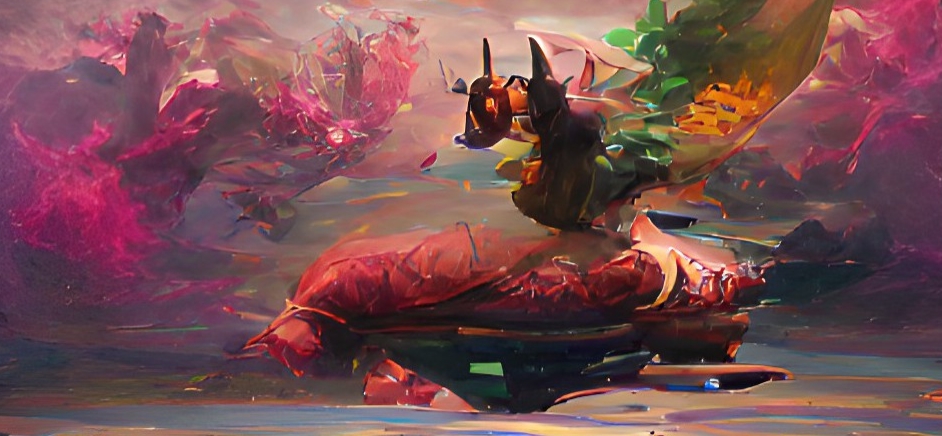Threadtail
Anatomy
I cannot say much about wild threadtails, but I know every little detail about domesticated threadtails, as they are everywhere. They have an unusually thin body, with ribs that completely circle all of the vital organs. Necks of the threadtails are longer than the body, and the tails are longer than the necks. Their heads are long, thin, ending in large spikes pointing both upwards and downwards, with their eyes sitting on the ends of their snouts. On the tip of the tail is a small, kite shaped feature that is incredibly sharp.Flexibility
Threadtails are so flexible people will pay to see threadtails perform stunts. They are an absolute rip-off; I was forced to pay one whole white rune for a five minute show. I left a very bad review. Threadtails are able to bend in every direction one can imagine, decrease their body size to fit into tight spaces, and their scales are slightly springy.Colour-Changing Scales
During mating season, male threadtails have the fascinating ability to change the colour of their scales. Able to shift colours multiple times a second, males impress females by putting on a mesmerising show with their scales. With advanced light manipulation, people have harnessed this colour-changing ability, but it is not nearly as efficient as the dragons themselves.Habitat
From information sourced elsewhere, threadtails enjoy wetland biomes. The only time I have ever spotted a wild threadtail was in an island in the Botanic Bogs, and it was camouflaged absolutely flawlessly. They use their slim bodies to sneak past predators, and their scales to hide in the murky waters to hunt prey. As a semi-aquatic species, they have no trouble on land, in the water, or even in the air.
Threadtails are bred for their specific patterns and colours, this being an example of a rare and expensive breed.
Element
Nature
Nature
Lifespan
70 years
Average Height
3 metres
Average Length
19 metres
Geographic Distribution




Comments